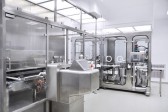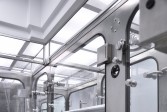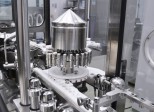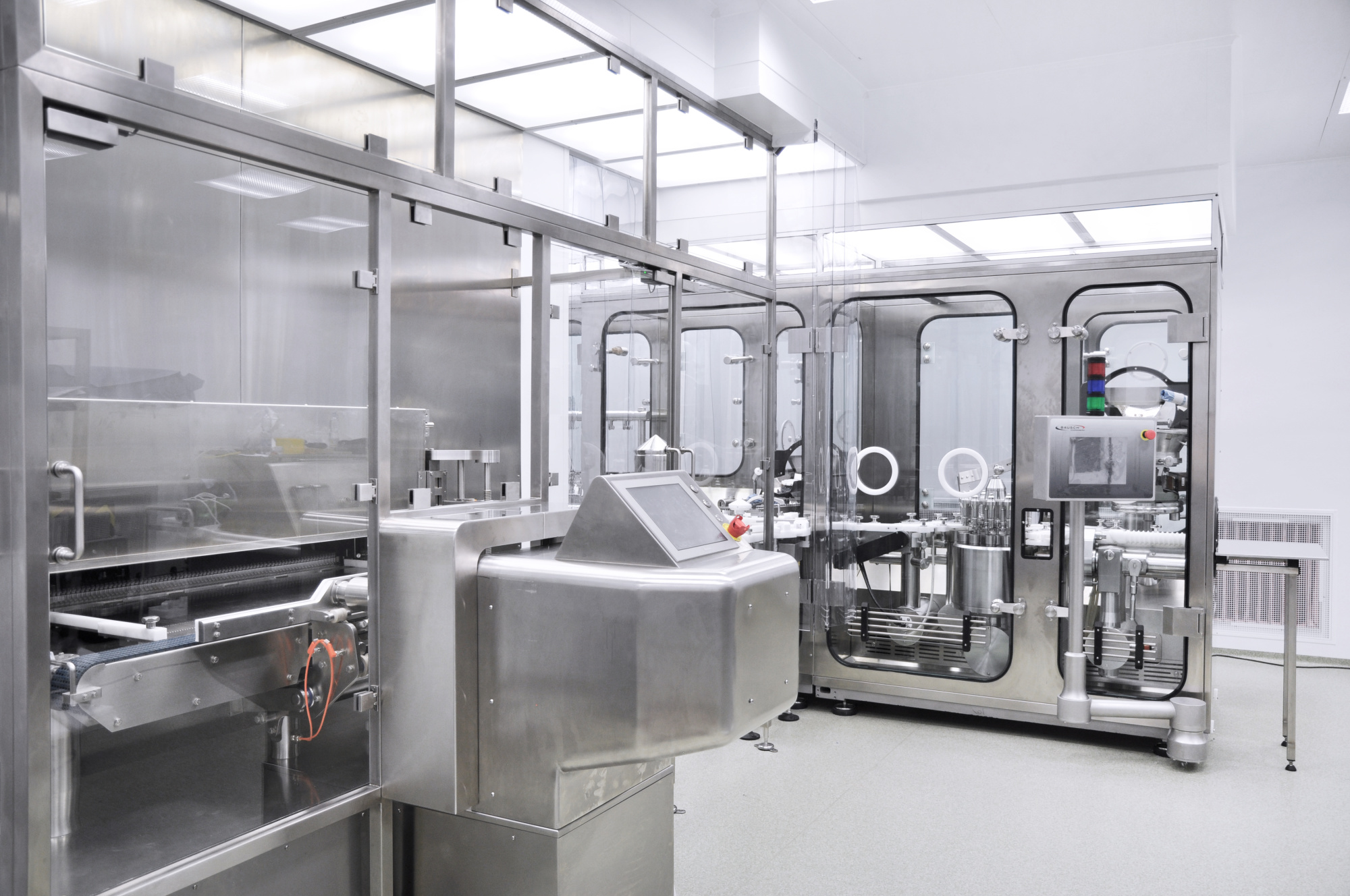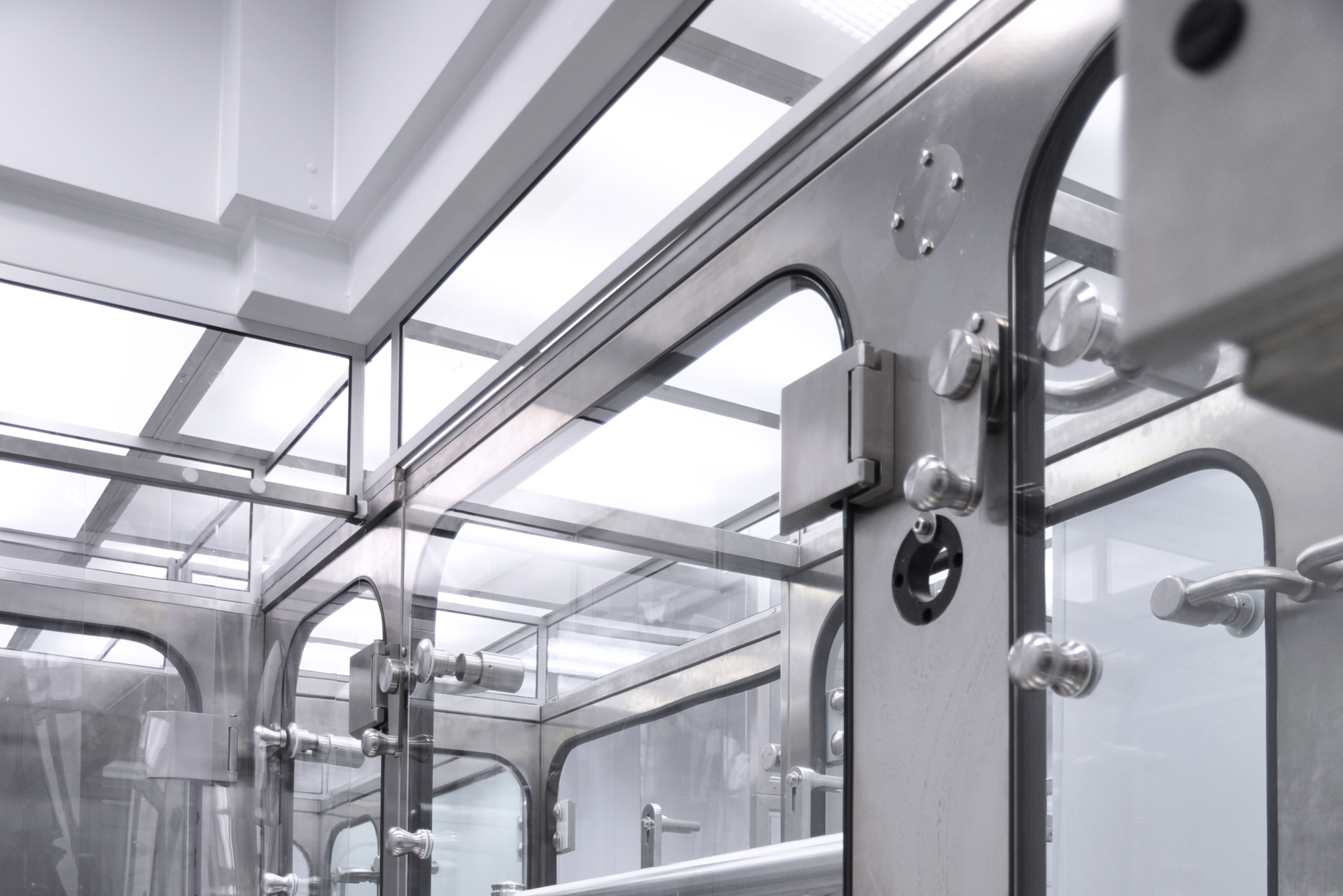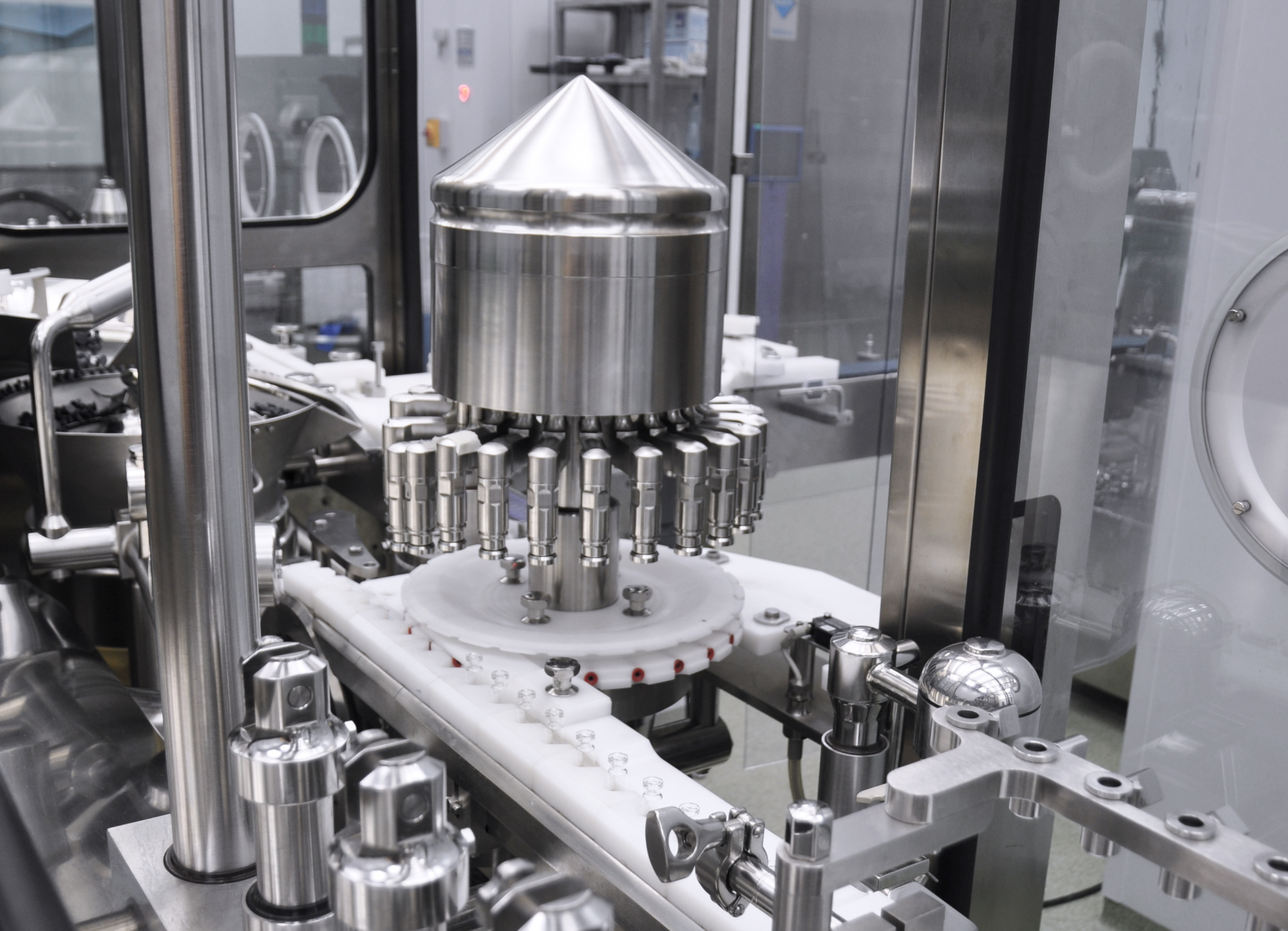This is a higher level of securing aseptic manufacturing, where the operator is separated from the manufacturing process by a physical barrier. Unlike the isolator technology, it is not a hermetically tight barrier; the purpose of RABS is to minimize the entry of men into the critical zones of the aseptic process, because people are the greatest source of environmental contamination.
DESCRIPTION OF THE DEVICE
|
Passive RABS
|
|
Active RABS
|
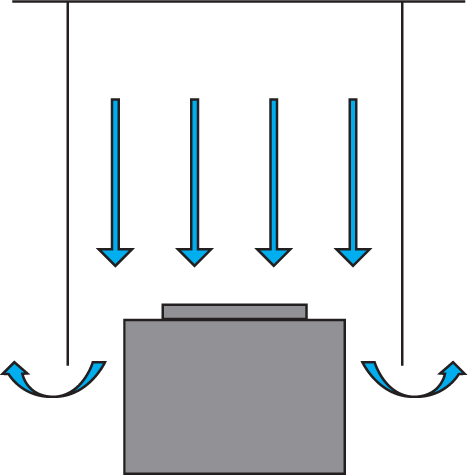 |
|
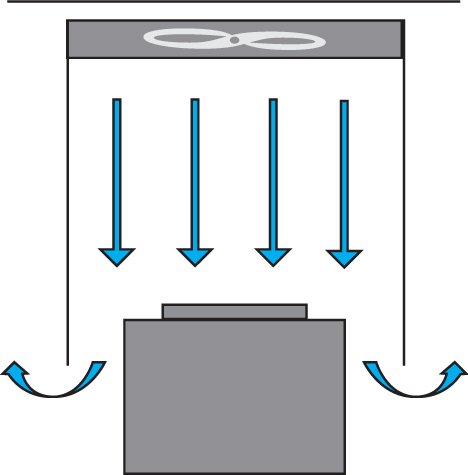 |
|
They do not have their own air conditioning unit; instead they are connected to the central air conditioning system of the clean area in which it is located, and use a separate HVAC branch for air supply and adjustment of pressure.
|
|
They have a built-in air conditioning unit and are thus independent of the operation of the clean areas. The air directly from the clean room is most commonly used; it is drawn into the unit and, without the temperature or humidity being modified, is filtered and used to create a laminar field in the critical area. |
|
|
|
|
|
Open RABS
|
|
Closed RABS |
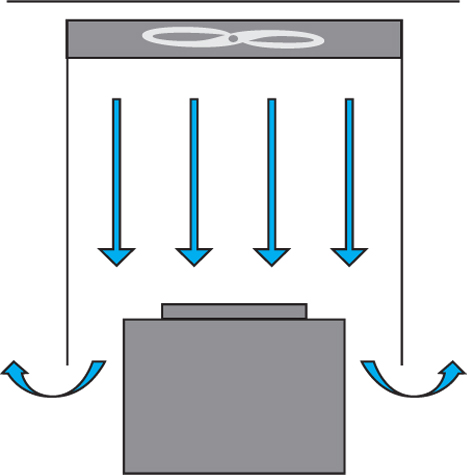 |
|
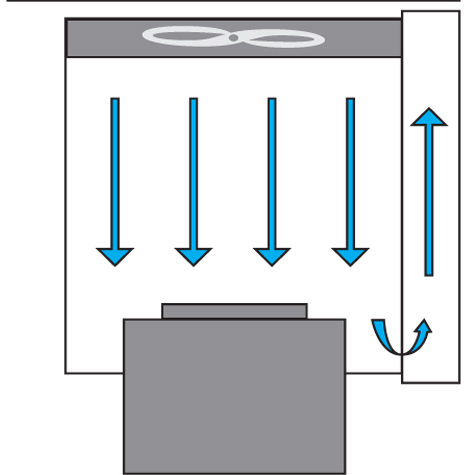 |
|
After passing through the critical zone, the used air is blown back into the room.
|
|
After passing through the critical zone, the used air is recirculated by the air conditioning system of the RABS, or it is filtered and blown back into the room. |
ADVANTAGES
- Minimize the entry of men into the critical zones of the aseptic process
- Creates the class of cleanliness “A”, provided that the surrounding environment is at least of class of cleanliness “C”





